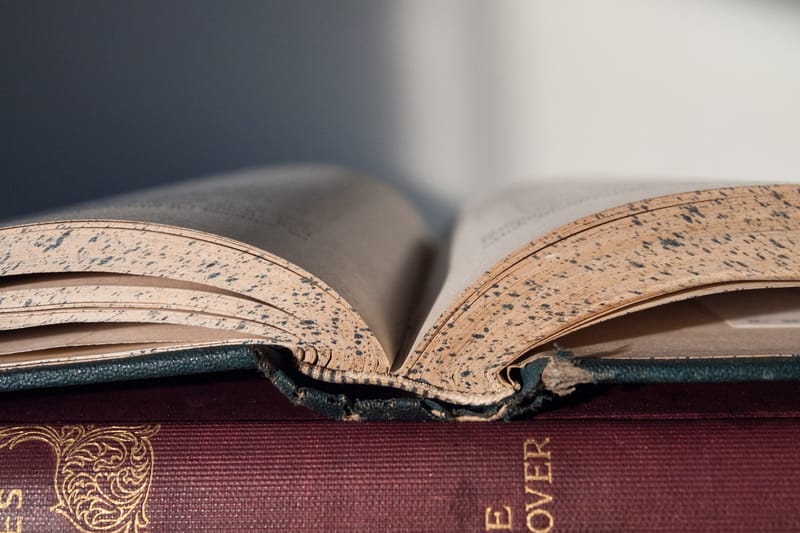Documenting Sources

Documenting Sources
More information can be found in the documenting sources section of this website.
See also consult the subject-specific guides.
Zotero: Better than MyBib?
When you start a project that requires you to manage a large number of sources, think about using a more powerful reference manager than MyBib that can both store documents for you and help you to cite them. Zotero is a great tool to use and will be very useful to use when you go to university.
The Future
There are a number of products that are starting to integrate AI into document & reference management such as Petal, but these are not completely free. If you're interested in trialling these, let me know.
Citing Chinese sources in the EE when writing in English
Author’s Name
If you are writing in English, use the pinyin or jyutping transliteration of the author’s name for works cited entries for Chinese sources, or an equivalent system for other languages (MLA Handbook 63-4). In your works cited list, you may optionally include the original name in square brackets after the transliteration if needed.
Note that you do not need to reverse the order of Chinese names in your works cited list and do not need to insert a comma between names.
When you first refer to the author in your writing, use the full name, but after this, you can use the last name only.
e.g. Gao Xing JIan >> Gao
Jin Yong [金庸]. 射雕英雄传 [The Legend of the Condor Heroes]. Guangzhou Chu Ban She, 2018.
When an author has multiple names (e.g. the above author is also known as Louis Cha), use the name that appears on the published work that you are using. Use the same name for each source, if you are using multiple sources by the same author.
Title of Source
Include the original title of the work followed by a translation of the article or book title in square brackets []. The website name and publisher’s name should be either translated or transliterated. There is no need to use italics.
If there is no author, include a translation of the title before the original title so that the source can be listed in alphabetical order and easily located, and use the translated title in your in-text citations.
Wei Jianhua [魏建华] and Zhou Liang [周良]. 习近平发表重要演讲呼吁共建“丝绸之路经济带” [“Xi Jinping Delivers an Important Speech Calling for the Joint Sponsorship of the ‘Silk Road Economic Belt’”]. 中国一带一路网 [China’s Belt and Road Portal], Xinhua News Agency, 7 Sept. 2013, www.yidaiyilu.gov.cn/xwzx/xgcdt/1875.htm. Accessed 7 Sept. 2017.
A simplified version of this is perfectly acceptable too:
Wei Jianhua and Zhou Liang. “Xi Jinping Delivers an Important Speech Calling for the Joint Sponsorship of the ‘Silk Road Economic Belt’”. China’s Belt and Road Portal, Xinhua News Agency, 7 Sept. 2013, www.yidaiyilu.gov.cn/xwzx/xgcdt/1875.htm. Accessed 7 Sept. 2017.
Quotations
If you need to include a quote, this should be translated into English. You can include the text “my trans.” to indicate that you have translated the quote yourself. You can include this after the in-text citation, preceded by a semi-colon ‘;’.
… praised “the traditional friendship between China and Kazakhstan” (Wei; my trans.).